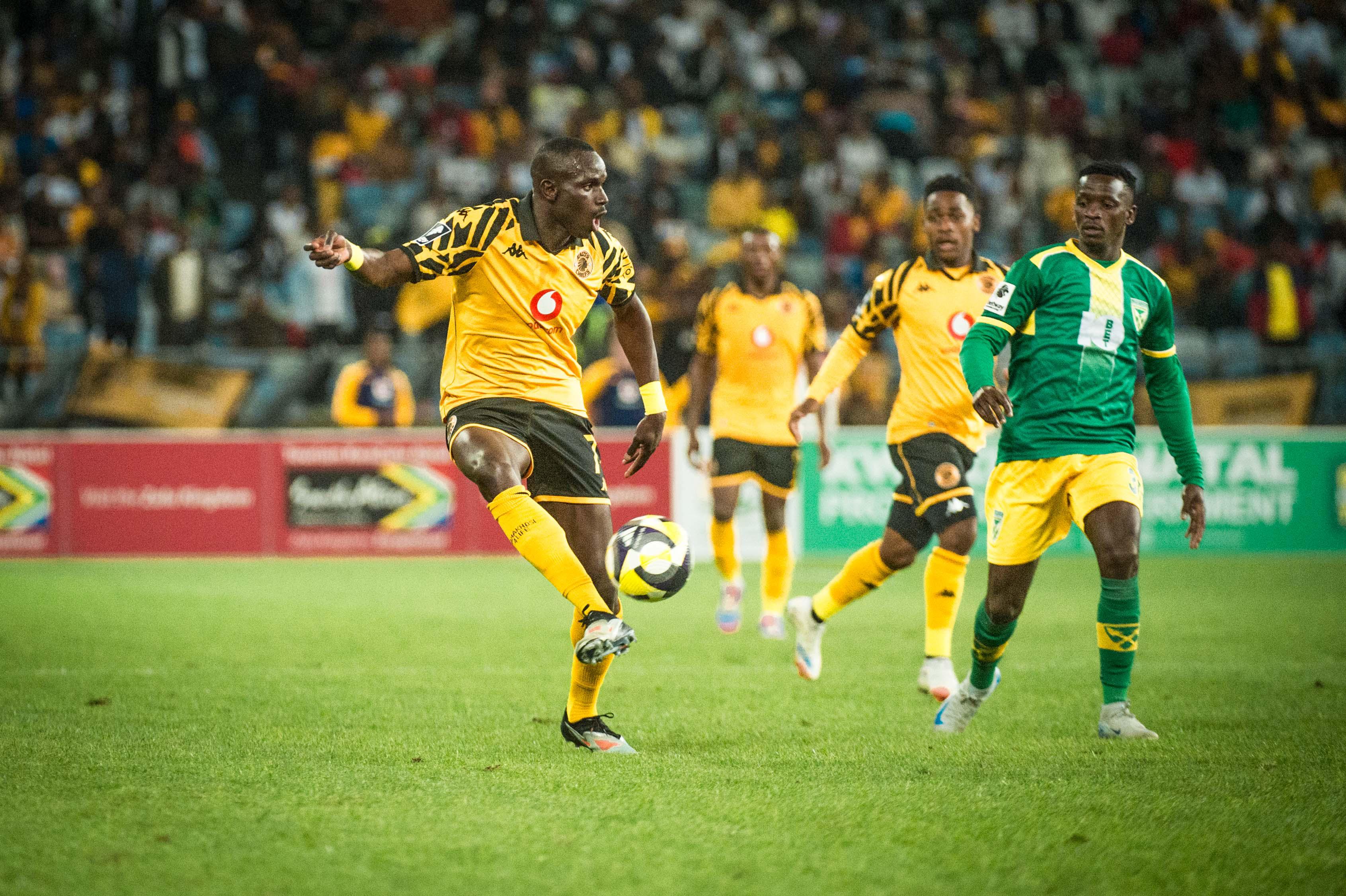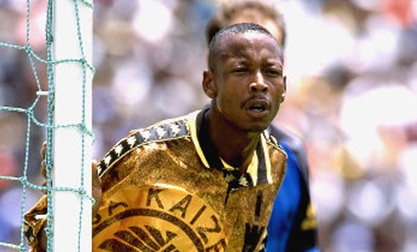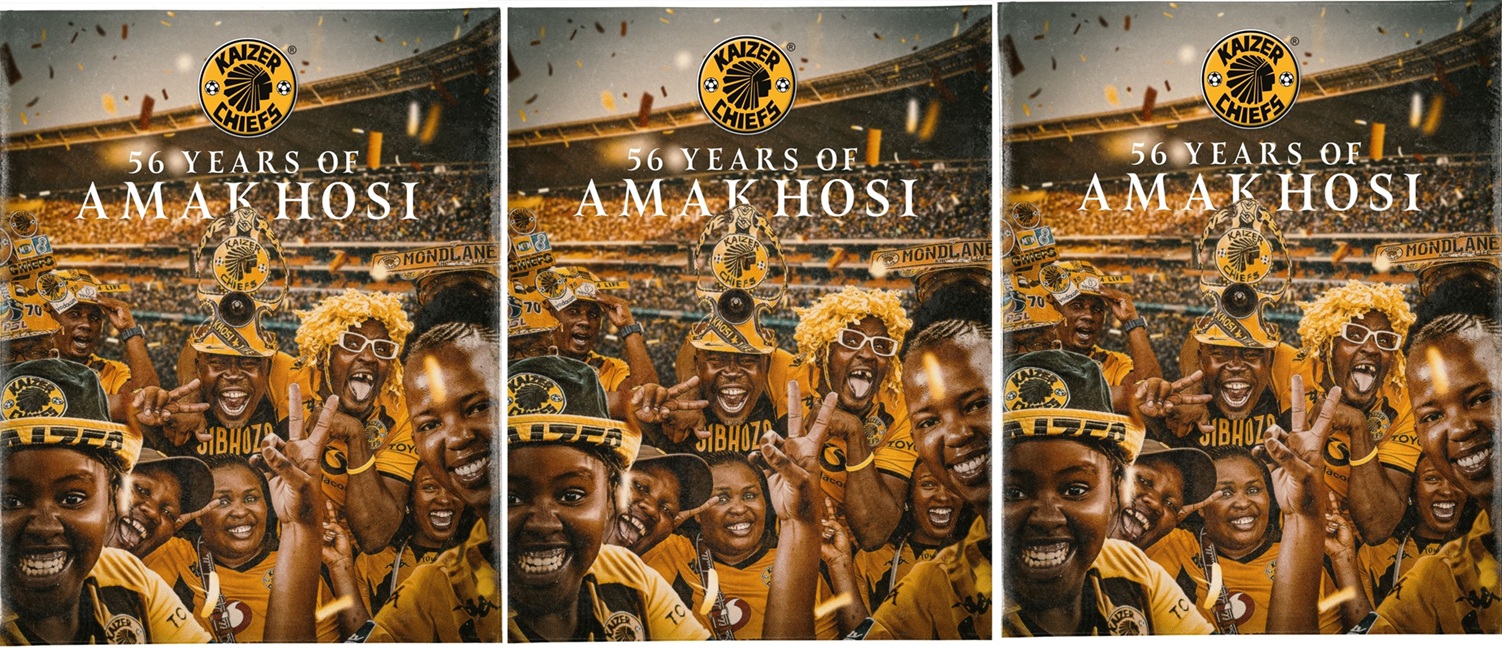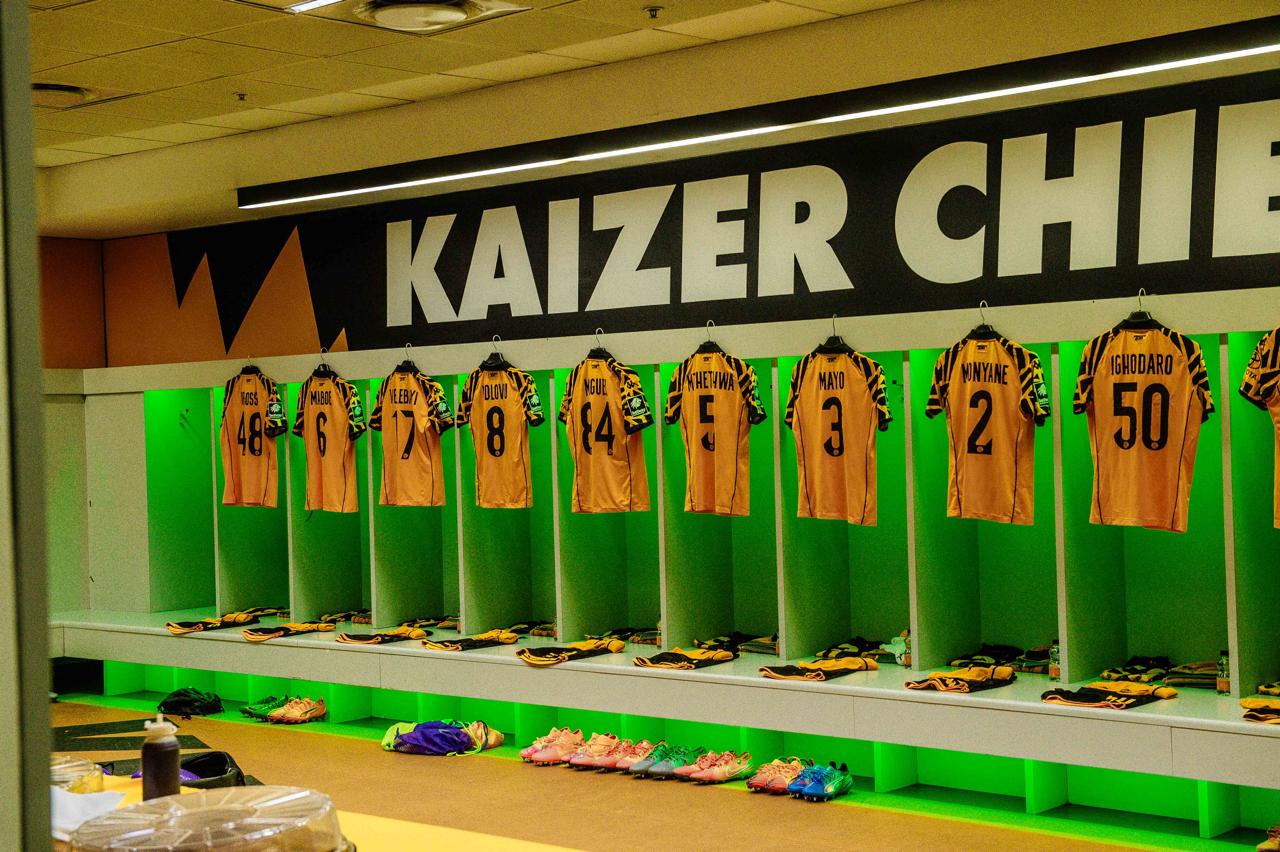Posted in News on Oct 29, 2010.

Whereas local municipalities and private investors had injected funds into refurbishing historical venues like the Orlando, Rand and the very Meadowlands Stadiums, it still baffles me as to why communities are shunning these when they host big matches that involve clubs that were borne right on their door steps.
In the early days of professional football, a clash between Kaizer Chiefs, Orlando Pirates, Moroka Swallows and Pimville United Brothers (PUBS) would swell the seat-less Moroka Stadium in White City Jabavu, the Shanty Grounds in Orlando, or the historic Pimville grounds that lie adjacent to the Walter Sisulu Heritage site in Kliptown. Trains and local taxis ferrying apartheid impoverished communities from all cardinal points would literally spew thousands of sport-loving supporters who did not even enjoy the luxury of covered pavilions, serene ablution facilities and the ever present watchful eye of sophisticated technology and hundreds of security personnel.
All these stadiums were barren pieces of land bordered by huge blue-gum trees that provided shelter and a vintage position for the Tarzan-like supporters that dangerously hung like ripe and heavy fruit just to get a glimpse of their local heroes at the time. One such tree buckled under a heavy load and almost claimed lives when Kaizer Chiefs visited the Sinaba grounds to entertain the often problematic Benoni United. The absence of emergency medical facilities could not deter the rugged mineworkers that transcended in droves despite earning a pittance and living in dehumanizing hostels. Whatever the outcomes of the clashes, post mortems usually raged long after the final whistle to subtly market the next encounter between any of the local giants and or any visiting team. These people simply came to watch out of love for sport in general and football in particular.
Today, clubs invest massively in various and innovative strategies that market the matches. Expensive road-shows that distribute all sorts of freebies including match-tickets that weaken the potential to meet the costs of delivering an entertaining event are staged to target shopping malls, taxi ranks and other places where people gather in large numbers yet the pavilions at stadiums remain disappointingly poor.
Media adverts are pelted with impunity to lure supporters, whilst teams often interrupt the players’ training schedules to avail them for personal contact with potential supporters, yet people just simply turn their backs when match-time arrives. Interestingly, these are the same people that cry fowl when our teams take their games into the inner city based stadiums like the Coca Cola Park (formerly Ellispark Stadium) and the Rugby-ingrained Loftus Stadium.
In one season, Kaizer Chiefs exported some matches to the ABSA Stadiums in Kwa-Zulu Natal only to receive unpleasant criticism from locals that felt denied all pleasures of football. Interestingly, our records of match attendance in Kwa-Zulu Natal whether in league or cup encounters reflect a satisfactory statistic that justified our choices at that time. The outcry however made us reconsider and we duly reverted to the Orlando Stadium but still struggled to record large figures except for the derby and the Ajax Cape Town matches in the second leg of the MTN 8.
On away matches in Cape Town, locals fill their stadiums when we descend but do not when their own local teams clash. Our participation in the Peter Mokaba Cup in Limpopo drew large numbers whilst the Mayoral Cup in Mpumalanga delivered the same results but the same cannot be claimed when we play in our township stadiums.
Whereas Moroka Swallows utilized the still seat less Germiston Stadium, whilst further afield, both Mamelodi Sundowns and Supersport United have resurrected the Lucas Masterpieces Moripe (former Atteridgeville Stadium) in a bid to revive the love of football, attendance figures are still looking like someone with an anorexic eating disorder. Despite the likeable patriotism of its supporters, Bloemfontein Celtic often does not fill the historic Seisa Ramabodu Stadium to capacity.
These and many experiences obviously beg for answers; the main one seeking to establish if our modern township citizens have found alternatives for entertainment or if they have completely dismissed sport activities as insignificant in their social make-up. If the latter is the point, I believe we should be worried to ask how we account to raising our children both physically and mentally when sporting activities and facilities that are essentially supposed to be their refuge are treated with disdain. Undoubtedly football still remains the cheapest and affordable form of entertainment to be shunned. I therefore wonder as to what exactly pre-occupies our communities during live matches that are within their reach by foot and or any means of transport.
If the former is reason, I am interested to establish if there is any other form of activity that mobilizes youth in masses like soccer does. We cannot even claim that road-running is common in our townships except when races like the SOWETO Marathon are staged. Even so, the race is filled with athletes from other parts of town whilst locals are quite happy to watch from the side roads without actually participating.
I could understand if our local communities were producing stars in other sporting disciplines but truth is; except for football, other codes are still dominated by other races whilst our “hip township” youngsters are occupied by suspiciously indescribable hobbies. I may also ask what preoccupies their parents who are supposed to be pushing their children to play more, enjoy sports and possibly eke a living out of an industry that is filled to the seams with sponsorship, prestige and power.
School sport has died and people may be quick to blame it on government but I believe government has done enough to provide parks and sporting facilities that still remain unutilized.
In raising these points, I am not naïve to the reality of the challenge that has been presented by the advent of television. Neither am I dismissive of the arguments that misleadingly hold that our standard of play may often be the reason for dwindling numbers. The truth is football has globally retained its number one position as a unifying form of entertainment and human development for it to be relegated as insignificant by our so-called “sophisticated” local citizens.
In other African countries that have suffered the same effects of colonial rule, record crowds still turn for matches to a point of stampede. The recent Bafana Bafana invasion of Sierra Leonne drew massive numbers of locals that craved a glimpse of our very own Siphiwe Tshabalala, Itumeleng Khune, Reneilwe Letsholonyane and their history-making colleagues in their respective communities. Unfortunately, and with a heavy heart, the same heroes are disrespected and their achievements trivialized by the very local communities within which they grew.
I should not be misconstrued for advocating for a subjective love of football but I am worried that something rather than sport in general is occupying the minds and the bodies of our young citizens and their adult guardians. Whatever it is, it has surely claimed the innocence of youth and rendered all efforts of improving our community sporting facilities a wasteful exercise!
What is going on in the townships?
Thebe Mohatle (Mr.)
Communications Manager





